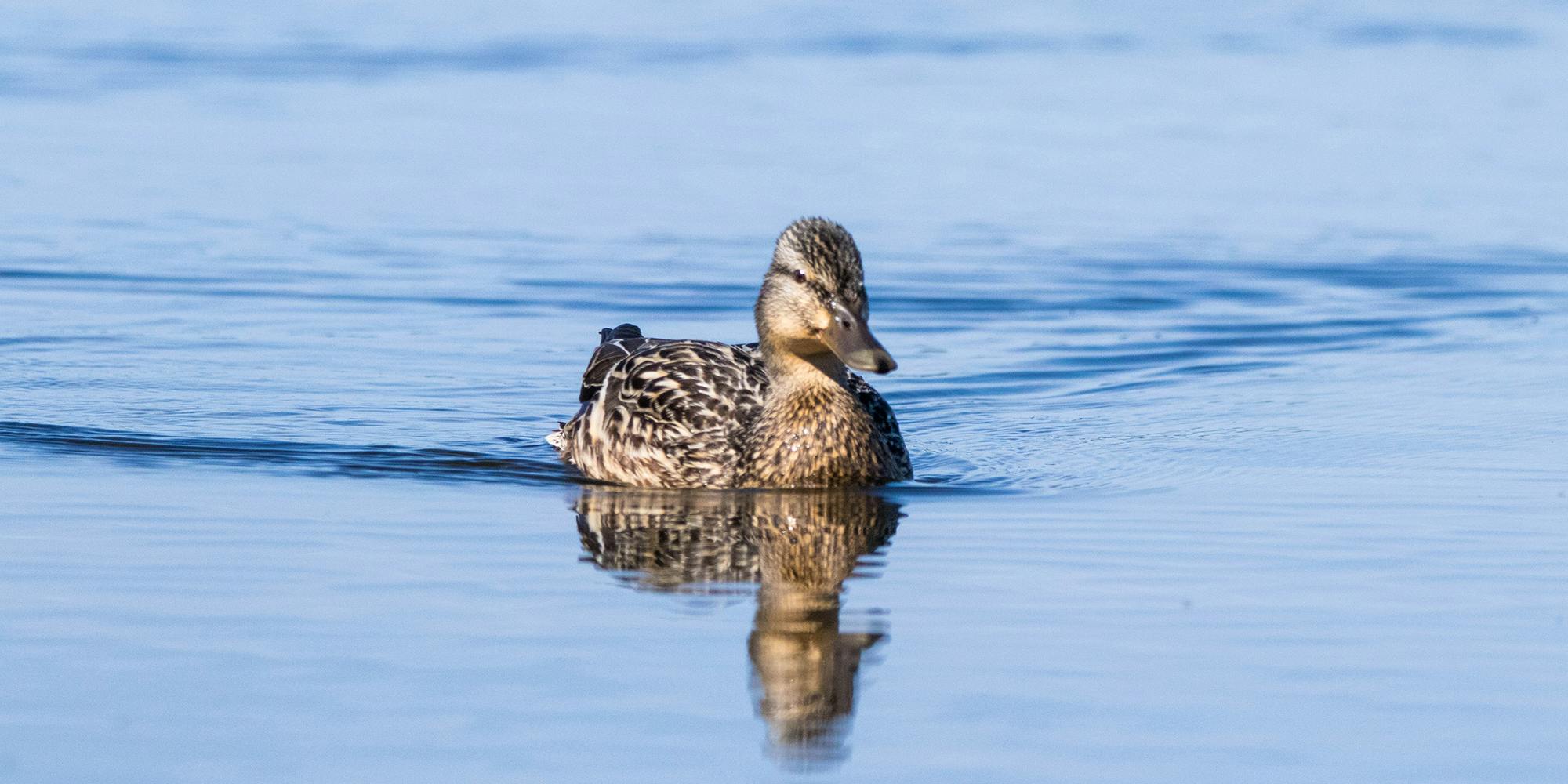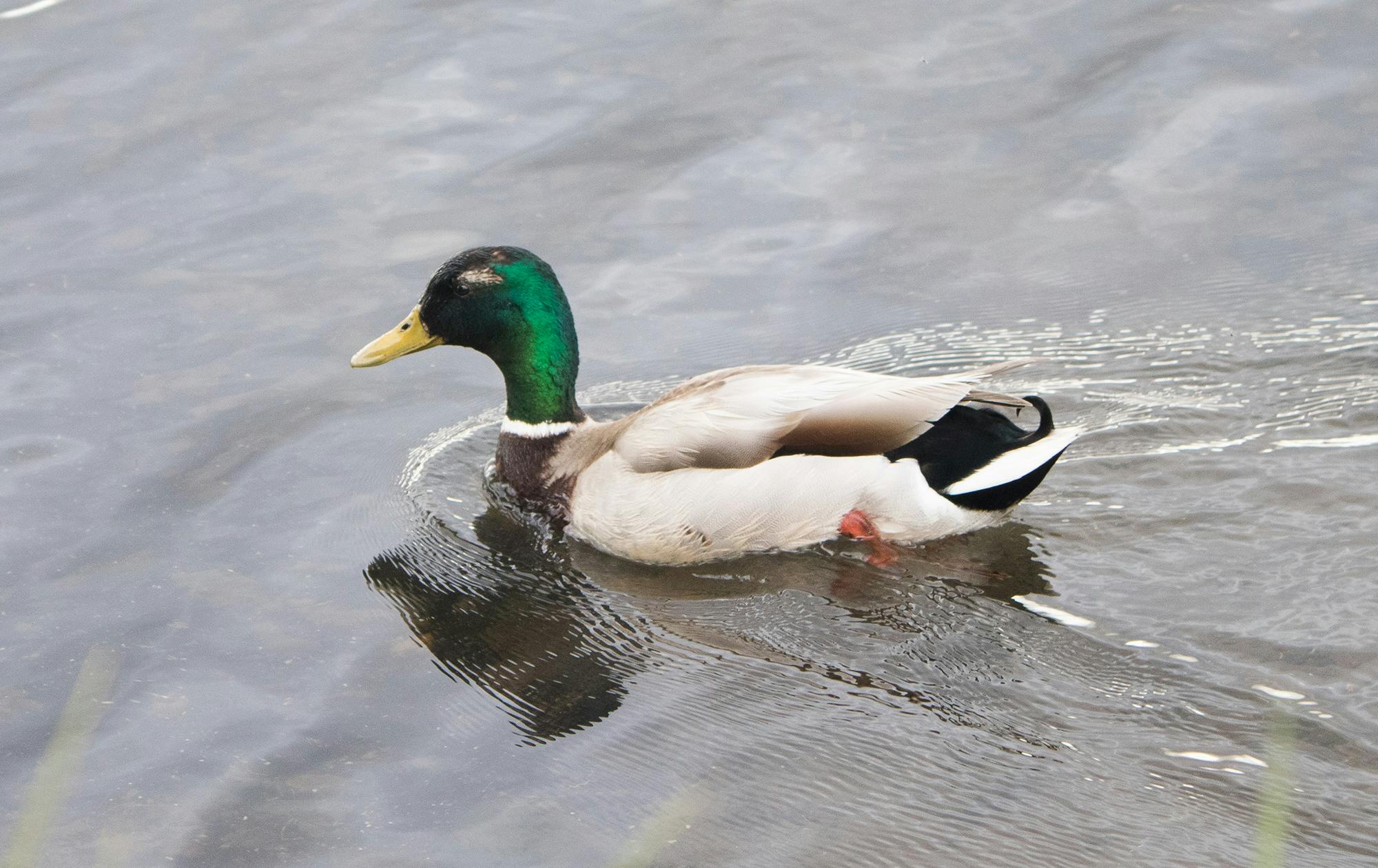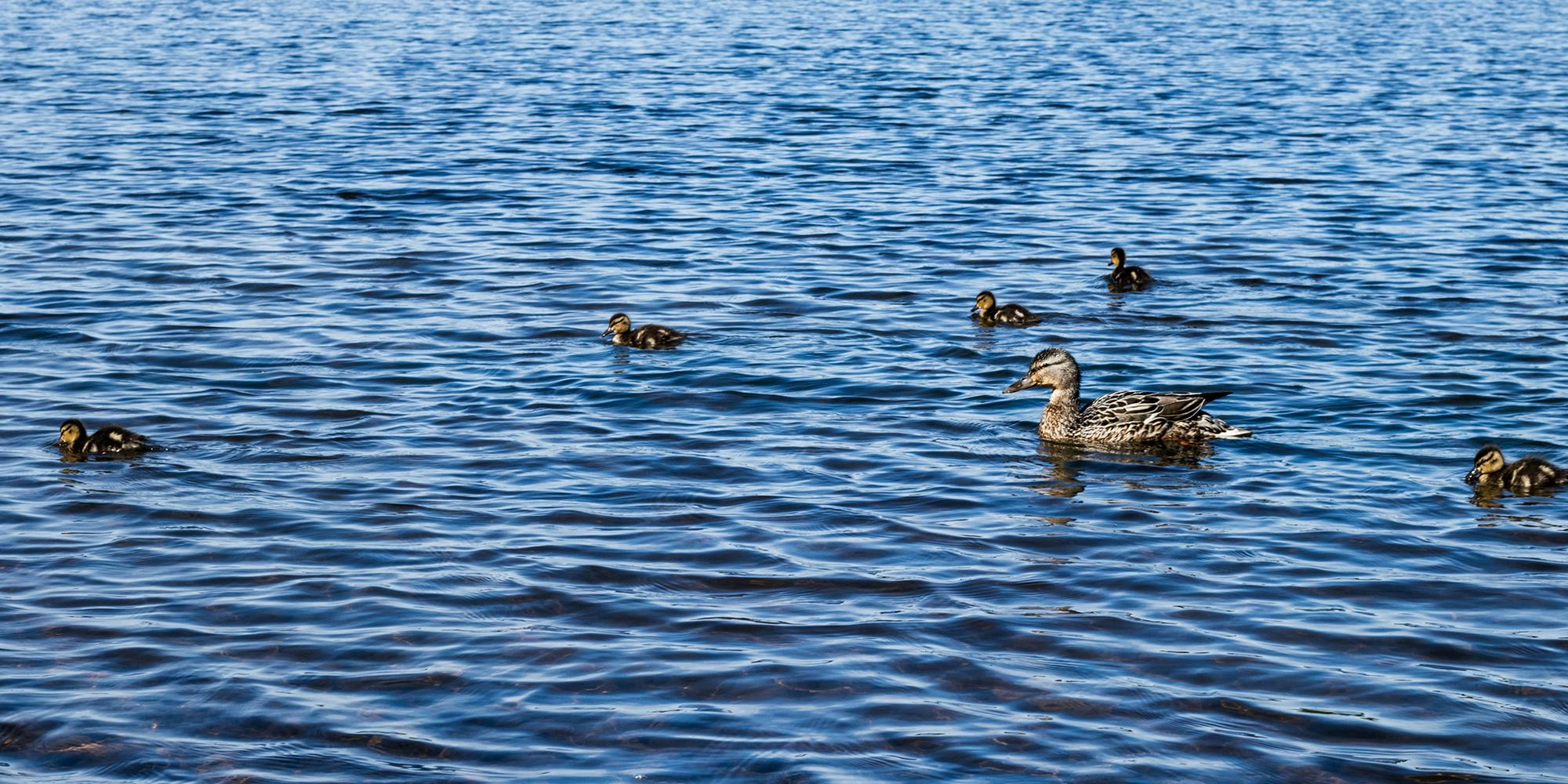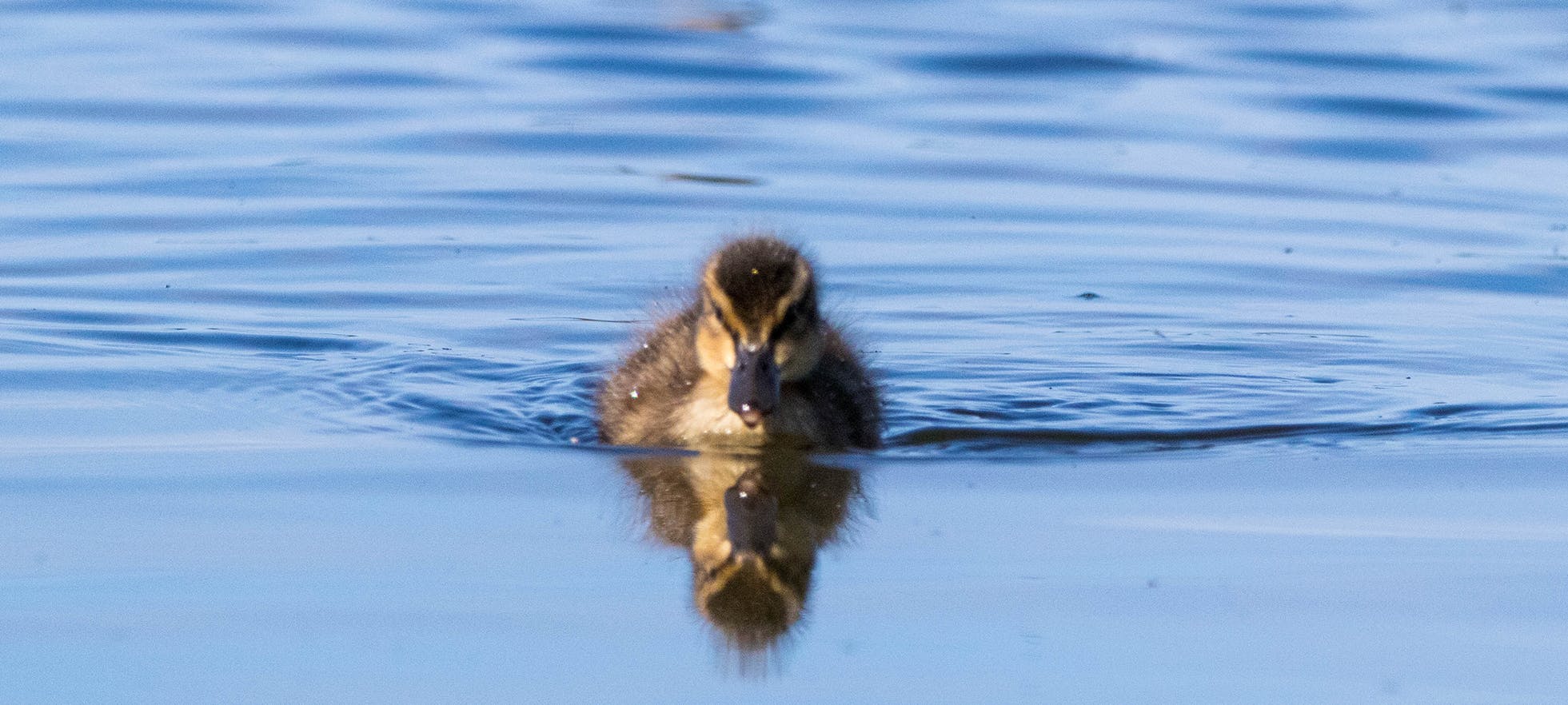
Spot the Mallard in Iceland
Most Abundant Duck In the World
There are over a hundred known species of ducks in the world, but the word duck and the childish word "bra-bra" "are related to and refer to the mallard by most Icelanders (Anas platyrhynchos). The mallard is tame, easily recognized and found around ponds where children feed the ducks. The mallard belongs to the Anseriformes within the Anatidae family and is one of the dabbling ducks (Anatinae). They are widely distributed worldwide, found in Europe, Asia, America and some regions of Australia.
Experience Wildlife and Nature in One Place

Perlan stands as Reykjavik's iconic Nature Exploratorium, offering immersive learning about Icelandic nature. Explore a real ice cave, engage with hands-on exhibits, witness a life-size bird cliff, and enjoy a volcanic show. The Planetarium dome theatre showcases virtual northern lights. Additionally, the Icelandic Museum of Natural History presents a hands-on exhibition at Perlan, unravelling the mysteries of water in Icelandic nature. Read more about Perlan's different exhibitions here.
Characteristics Of the Mallard
There is an extreme difference in the plumage of males and females among ducks. The female mallard, called a hen, is greyish with some brown colour in her plumage, rather dull looking, but has beautiful blue wing mirrors called a speculum and orange feet. The male, or drake, is, however, very colourful. Characteristic is the bright green head on a white neck ring. The chest is dark brown, but the belly, sides and back are light greyish.
The drake has, like the hen, a distinguished blue speculum, but the tail is black with a white rump. The bill is yellow, but the webbed feet are orange. The drake is slightly larger than the hen. Like other waterfowl, the mallards are moulting in late summer, and during that period, the sexes look similar, dull and greyish. The weight fluctuates between seasons, 700-1500 grams (24.7-52.9 oz), the length is 50-56 centimetres (19.7-22.1 in), and the wingspan is 80-100 centimetres (31.5-39.4 in).
Population Size and Behaviour

Most mallards in Iceland are stationary. However, a part of the population migrates late in the fall to Great Britain along with geese and swans. The breeding population is estimated at 10,000-15,000 pairs dispersed all around the country but mostly observed in lowlands.
Courtship of mallards starts in early winter and lasts until spring. During this period, the birds are social and are often seen in groups of different sizes. Mallards pair only for a year at a time but are mostly monogamous during that period. Affairs during the breeding season are fairly common, as in other duck species. The drake tries to protect his hen while other drakes attempt to mate with her; this scenario can get pretty intense.
Mallards Show Great Adaptability
The egg-laying may start at the end of April, but the main nesting period is in May and the beginning of June. The birds show great adaptability when choosing nesting sites, as nests are found in wetlands, close to the sea and even within human habitats.
The nest is well hidden in vegetation and insulated with down and feathers. The large clutch contains 7-12 eggs, and the incubation period is 26-28 days. The eggs are creamy or olive green coloured; as the incubation progresses, the drake leaves the hen to join other drakes while moulting. The hen incubates and cares for the ducklings.
The ducklings follow the hen to the feeding grounds and stay together until fall. Mallards can dive, but like other dabbling ducks, they only stick the upper part of the body into the water when feeding. The menu is diverse as they feed on molluscs, crustaceans and invertebrates at sea, but mostly insects and larvae in freshwater along with water plants. In the fall, mallards are often seen feeding in corn fields and even accepting bread from humans.
The Most Popular Duck In the World?

The mallard is the most distributed duck in the world, and variants are found everywhere. Mallards have high fecundity, become sexually mature early, and taste good. These traits early caught human attention, and the mallard has been brought to new habitats around the world and bred for human consumption. Mallard is considered the ancestor of most domesticated ducks in the world. Along with the ring-necked pheasant (Phasianus colchicus), it is the most popular game bird to hunt.
Five Fun Facts About the Mallard
- Most domesticated ducks are descendants of the mallard.
- Mallards become sexually mature at one year old and lay a large clutch, so the recruitment in the population is very high. This is a popular game bird in Iceland, and yearly, 10,000-15,000 birds are hunted.
- The mallard is also called greenhead because of the colour of the drake's head
- The oldest wild mallard was 27 years old, but the average lifespan in nature is 5-10 years.
- The colour of the bill and feet of the mallard gives the prospective spouse a chance to evaluate the physical condition of the bird. The brighter the colour, the better the body condition of the bird.







